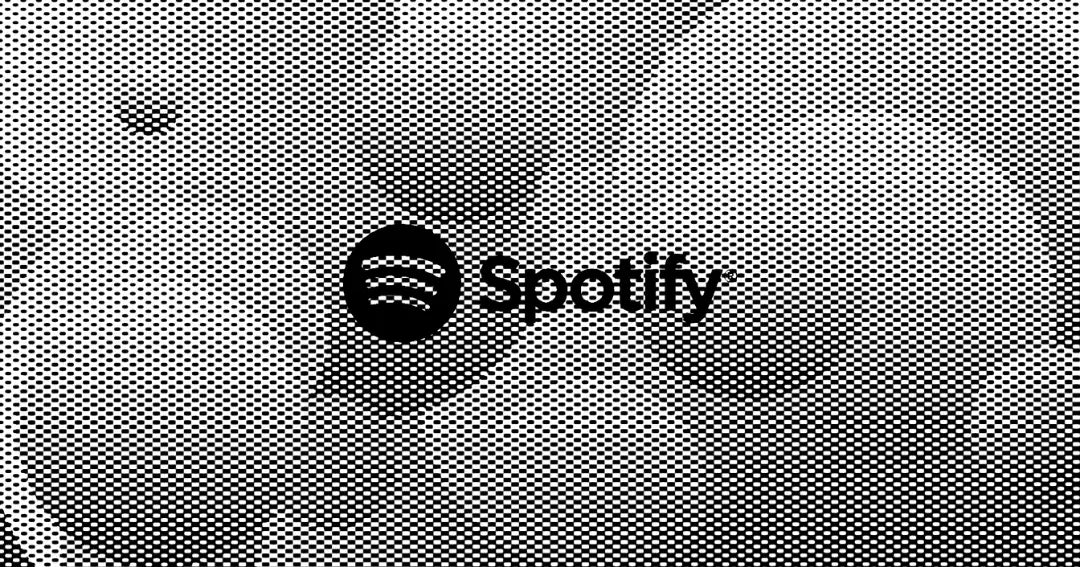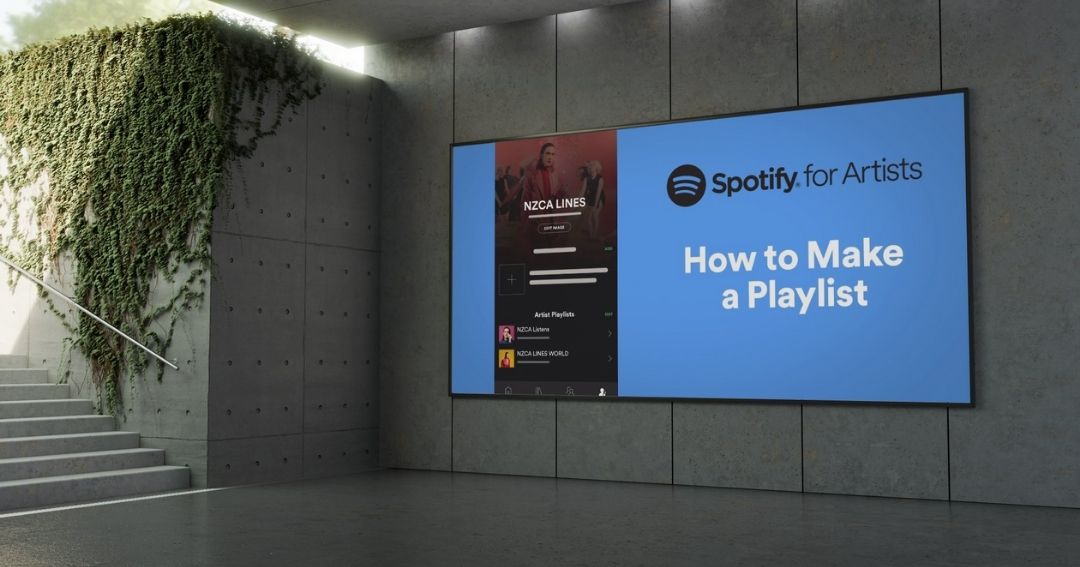Spotify is one of the most powerful platforms for music discovery. It can turn you into a star overnight... But how does its algorithm decide which songs to push in front of listeners? If you’re an artist trying to break through, understanding how Spotify’s recommendation system works is a must for all your further efforts.
Let’s break it down and explore how you can use Spotify’s algorithm to get more streams, land on key playlists, and grow your fanbase!
How Spotify’s Algorithm Works
Spotify’s algorithm, known as BaRT, is designed to keep listeners engaged by offering a mix of familiar songs and new discoveries based on their tastes.
"Our platform uses an artificial intelligence system called Bandits for Recommendations as Treatments (BaRT) that’s main purpose is to keep our listeners engaged. BaRT helps with this by suggesting and playing music that it knows will be familiar to a listener, while also sprinkling in new songs they’ve never heard before but might like. This AI software is responsible for your home screen, where you can see artist spotlights and custom-generated playlists, in addition to helping us generate the Release Radar, Daily Mix, and Discover Weekly features for every one of our users."
- Brian Berner, Head of North American Advertising Sales at Spotify
The Three Main Functions of BART
Natural Language Processing (NLP) - Analyzes the language, lyrics, and content of a song.
Raw Audio Analysis - Determines the "vibe" or "mood" of a song. Whether it’s upbeat, chill, heavy, minimal, or instrumental.
Collaborative Filtering - Compares new songs to a listener’s current habits and recommends tracks based on shared listening patterns.
By understanding these elements, you can optimize your releases to maximize their chances of being recommended by Spotify’s algorithm.
Key Metrics That Influence the Algorithm
Just like social media platforms, Spotify’s algorithm is fueled by data. It constantly monitors user behavior to determine which tracks should be recommended.
Some of the most important engagement metrics include:
Listening history – Tracks users play frequently and their listening habits' overall mood/style.
Skip rate – The lower your skip rate, the better. If listeners skip your song before 30 seconds, that’s a negative signal.
Listening time – Tracks that get played past the 30-second mark count as a full stream and are favored in recommendations.
Playlist features – Your song’s presence on user-generated and official playlists helps trigger more algorithmic playlist placements.
Now that you know the basic patterns of the Spotify algorithm, we can introduce you to the key things you need to do to break through on Spotify. And while this probably won't be the first time you’ve seen this - before giving up, ask yourself, did you really give these strategies a proper try?
If not, buckle up, the real talk starts now! Might sound simple, but these steps require time, commitment, and investment. Luckily, Pitch-Us can help with that.
Keep up with the hacks, stay open-minded, and be ready to take action because this is your ticket to fame. We speak confidently thanks to over a decade of experience shaping artists' careers on Spotify.
7 Pro Hacks to Make the Spotify Algorithm Work for You
1/ The 30-Second Rule!
Spotify tracks whether a song is played for at least 30 seconds. If listeners stay past this mark, it’s a positive signal to the Spotify algorithm. Plus, that’s when you start earning royalties.
Pro Tip: Make the first 30 seconds of your song engaging to hook listeners immediately. A long, slow intro might not be the best approach for maximizing retention.
2/ Timing Your Release for Maximum Impact
The first 12-24 hours after your release drops are critical. Spikes in listeners, low skip rates, and high engagement matter most in this period.
Here’s how to make the most of your release day:
Build hype beforehand – Use social media, email lists, and pre-save campaigns to get fans ready.
Avoid major competition – If a huge artist in your genre is dropping a track, consider adjusting your release date.
Consider Friday releases – This gives you the best shot at landing on New Music Friday and other curated playlists.
3/ Playlists, Playlists, Playlists...
Landing on Spotify’s algorithmic playlists can skyrocket your streams. Two key ones to focus on are:
Release Radar – Based on your followers. If someone follows you, your new song will appear in their Release Radar playlist.
Discover Weekly – Based on listening habits and playlist data. If your track is frequently added to personal playlists alongside similar artists, it has a higher chance of getting featured.
How to do it?
For example, if you already have fans - run an Instagram Story poll: "What’s your go-to playlist? Drop a screenshot!" Engage with responses and ask them to add your track.
You can also reach out to fans of fellow artists in the same genre. Create a personalized message like, "I see you love *artist*! They are my big inspiration - I'm a fan as well. That's why I think you’d vibe with my new song. You can check it here *link* if you want. I hope you'll like it and would appreciate if you added it to your playlist!"
Artists also had great results hosting a playlist challenge: Fans who add your song to a playlist and share a screenshot enter a giveaway.
And in case you're just starting out and don't have a following yet, you can start networking with playlist curators in your genre by engaging with their content before pitching.
Also, join Reddit music communities and participate in discussions where users exchange playlist spots.
But best would be to use Pitch-Us to reach curators who accept submissions.
And you can always create your own playlists with a mix of trending songs and your track, then promote them on TikTok and Instagram.
4/ And More Playlists
Discover Weekly is highly influenced by playlist data. Here’s how to improve your odds:
Encourage fans to add your song to their personal playlists
Get added to user-generated playlists in your genre
Drive streams from consistent, engaged listeners
Beyond algorithmic playlists, curated user-generated playlists are a goldmine for exposure. These are created by playlist curators (independent from Spotify), and being featured can drive massive streams.
5/ Use Spotify for Artists to Your Advantage
If you’re not using Spotify for Artists yet, sign up immediately. This tool lets you:
Submit tracks for official playlist consideration.
Tag your music correctly (mood, genre, etc.) to reach the right audience.
Analyze listener data and adjust your strategy accordingly.
Just in case you don't know how to do it, all you have to do is log in and submit your track at least 7 days before release. But please be specific in your tags (e.g., "chill acoustic" instead of just "pop"). And that's left to do is use listener insights to refine your promo strategy - double down on what’s working.
6/ Spotify Is a Social Platform - Use It Like One
Think of Spotify as a social media platform. The algorithm favors artists who bring traffic from external sources, so integrate it into your overall marketing strategy.
Ways to drive traffic to your Spotify profile:
Share direct links to your music on Instagram, TikTok, and Twitter.
Use pre-save campaigns to build momentum before a release.
Encourage followers and playlist adds - engagement matters!
7/ Cross-promotion with Other Artists
Collaborating with artists in your genre helps introduce your music to new audiences. When you feature on another artist’s track, your name appears in their listeners’ Release Radar, which can drive new listeners back to your catalog.
Here's how to make it work:
- Feature artists with a similar fan base.
- Create remix versions of popular tracks.
- Shout out each other’s music on social media.
Simple as that! :)
Final Thoughts
Spotify’s algorithm is a system that rewards smart, consistent work. Understanding how it works and optimizing your releases for engagement can significantly increase your chances of reaching new listeners.
While no one can 100% claim they know exactly how Spotify’s algorithm works (unless they were part of the team that built it), we’ve been in the industry for over a decade - specializing in Spotify marketing and advertising - so we’ve tracked its behavior closely. One thing we can say for sure: the following strategies work.
The algorithm rewards consistency, engagement, and smart promotion, and we’ve seen these tactics drive real results time and time again. Of course, Spotify does throw in the occasional curveball, making adjustments that keep us all on our toes - but for the most part, the system follows predictable patterns. And when those rare changes do happen, we stay on top of them so you don’t have to.






Leave a comment
This site is protected by hCaptcha and the hCaptcha Privacy Policy and Terms of Service apply.